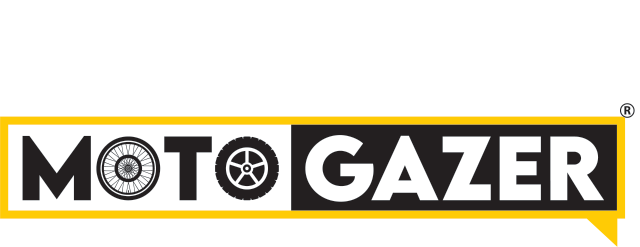International
Jaguar Land Rover (JLR) is fostering a model hydrogen fuel component electric vehicle (FCEV) bases on the new Land Rover Defender, with testing planned to start this year.
The FCEV idea is important for Jaguar Land Rover’s plan to accomplish zero tailpipe emissions by 2036. And net-zero carbon emission across its logistic network, operations and products by 2039. Followed by the Reimagine strategy reported last month.
FCEVs, which creates electricity from hydrogen to control an electric engine. These are free to battery electric vehicles (BEVs) on the excursion to net-zero vehicle emanations. Hydrogen-controlled FCEVs give high energy thickness and fast refuelling. An insignificant loss of reach in low temperatures. Making the innovation ideal for bigger, longer-range vehicles, or those working in hot or cold conditions.
Since 2018, the worldwide number of FCEVs out and about has almost multiplied while hydrogen refuelling stations have expanded by more than 20%**. By 2030, gauges anticipate hydrogen-controlled FCEV organization could finish off 10 million with 10,000 refuelling stations worldwide*.


Jaguar Land Rover’s high-level engineering project, known as Project Zeus, is partly financed by the government-supported sponsored Advanced Propulsion Center. And will permit specialists to see how a hydrogen powertrain can be streamlined to convey the presentation and capacity. Expected by its clients from reach to refuelling, and towing to go 4×4 romping capacity.
The zero tailpipe emanation model New Defender FCEV will start testing towards the finish of 2021 in the UK. Scrutinizing key ascribes, for example, rough terrain ability and fuel utilization.
To convey Project Zeus, Jaguar Land Rover has collaborated with a-list R&D accomplices, including Delta Motorsport, AVL, Marelli Automotive Systems and the UK Battery Industrialisation Center (UKBIC) to investigate, create constantly the model FCEV.
Leadership
Ralph Clague, Head of Hydrogen and Fuel Cells for Jaguar Land Rover, said: “We realize hydrogen has a task to carry out later on powertrain blend across the entire vehicle industry and close by battery electric vehicles. It offers another zero tailpipe emanation answer for the particular abilities and prerequisites of Jaguar Land Rover’s a-list line-up of vehicles. The work done close by our accomplices in Project Zeus will help us on our excursion. Turning it into a net-zero carbon business by 2039. As we plan for the up and coming age of zero tailpipe emanations vehicle.”



